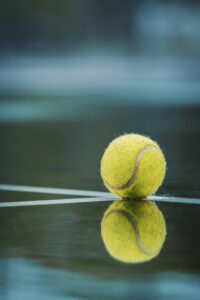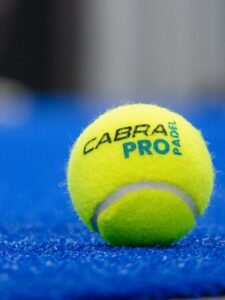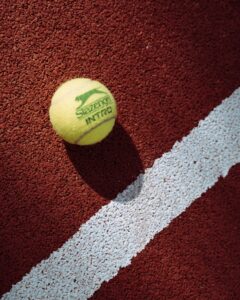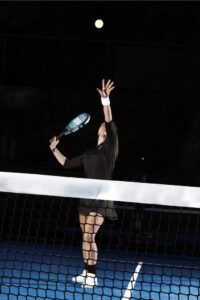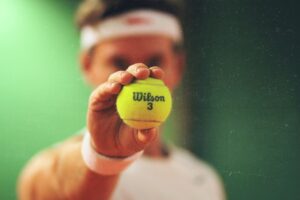Exploring Padel Wall Surfaces: Techniques for Optimal Adaptation
3 min read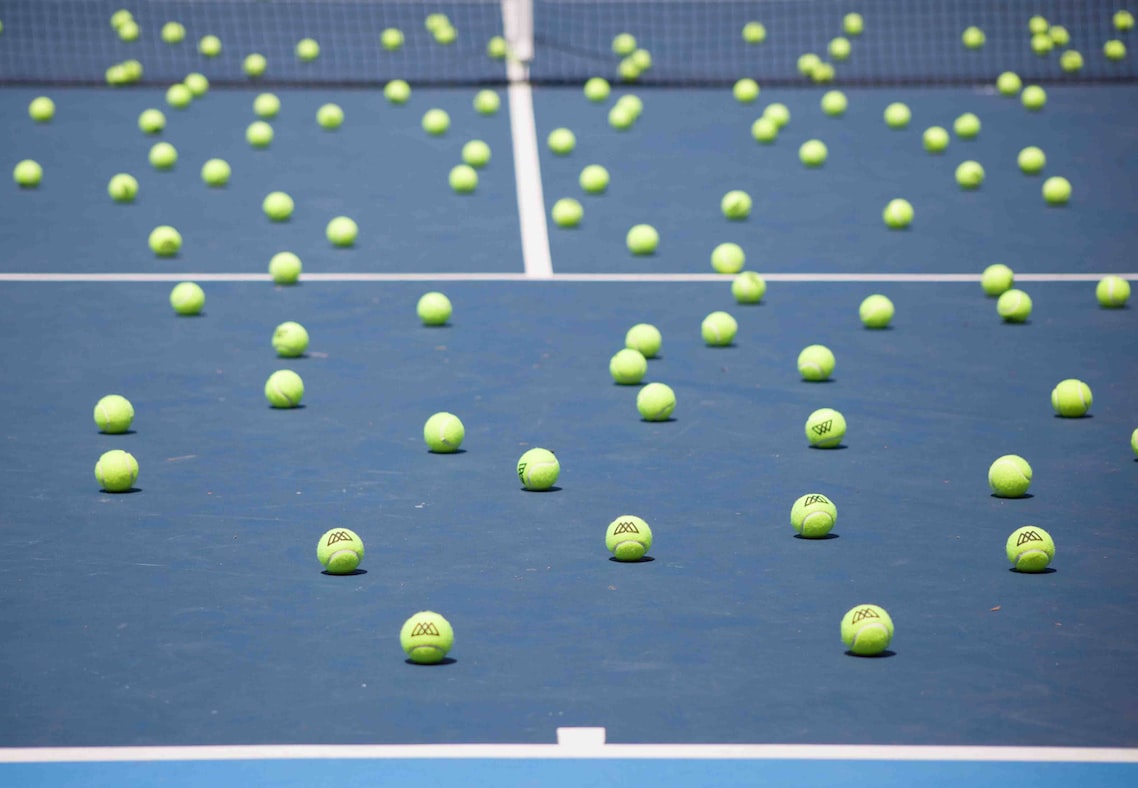
Exploring Padel Wall Surfaces: Techniques for Optimal Adaptation
Greetings, fellow padel enthusiasts! Today, we embark on an exciting exploration of one of the most integral aspects of the game – wall surfaces. Just like each player brings their unique skills to the court, padel courts also possess distinct characteristics. Join me as we delve into the wonderful world of wall surfaces and uncover techniques to adapt our game for each type.
Why Wall Surfaces Matter
As padel players, we understand the dynamic nature of the game. Ever-changing conditions demand flexibility and adaptability. Different wall surfaces can significantly alter the trajectory, spin, and speed of the ball, directly affecting our gameplay. By learning the secrets to maneuvering these surfaces successfully, we can gain a strategic advantage.
The Concrete Challenge
You are on a beautiful sunny morning, ready to showcase your skills on a concrete padel court. The ball seems to have a mind of its own, bouncing quite lower and faster compared to other surfaces. To adapt your game effectively, precision and timing are key. Instead of using excessive power, focus on control and make the ball work for you. Employ drop shots, slice shots, and backspin to keep your opponents on their toes. A light touch and quick reflexes will ensure you outwit your rivals.
Mastering Artificial Turf
Artificial turf courts have their charm. They offer a consistent bounce and smoother playability. However, players often forget that the ball tends to skid more on this surface. To adapt your game on artificial turf, seize the opportunity to use topspin. Brush the ball slightly upwards, generating topspin that grips the court surface and makes it difficult for your opponents to return. This powerful technique will give you an edge, creating unpredictability and pressure.
The Wonders of Glass
Glass-walled courts are a sight to behold. Strategically positioned, they blend athleticism with breathtaking views. However, playing on a glass wall surface can be a double-edged sword. It offers ample opportunity for attacking shots, especially when the ball bounces off the glass, giving you the high ground. On the flip side, your opponents can also take advantage of this rebound effect. To adapt your game on glass, maintain a balanced approach. Engage in attacking plays without compromising on defense. A well-rounded game will ensure victory in any glass-walled duel!
Navigating the Metallic Maze
Metallic walls bring an element of excitement and speed to the game. However, the ball tends to bounce in an unpredictable manner, making timing and concentration crucial. To adapt your game on metallic walls, assimilate the unique challenges. Anticipate the bounces by staying on your toes and rely on reflexes. Keep your shots low and controlled, and don’t shy away from impressive smashes. By mastering the metallic maze, you can transform it into a playground of victory.
Conclusion
As skilled padel players, our adaptability is what sets us apart. By understanding the nuances of different wall surfaces and tailoring our techniques accordingly, we can thrive in any match. Don’t be afraid to experiment and adjust your game to the unique characteristics of each court. Remember, how to adapt your game for different types of wall surfaces in padel is an essential skill to conquer the game and emerge victorious! So, let’s embrace the challenge, refine our strategies, and make every court our playground of triumph.

